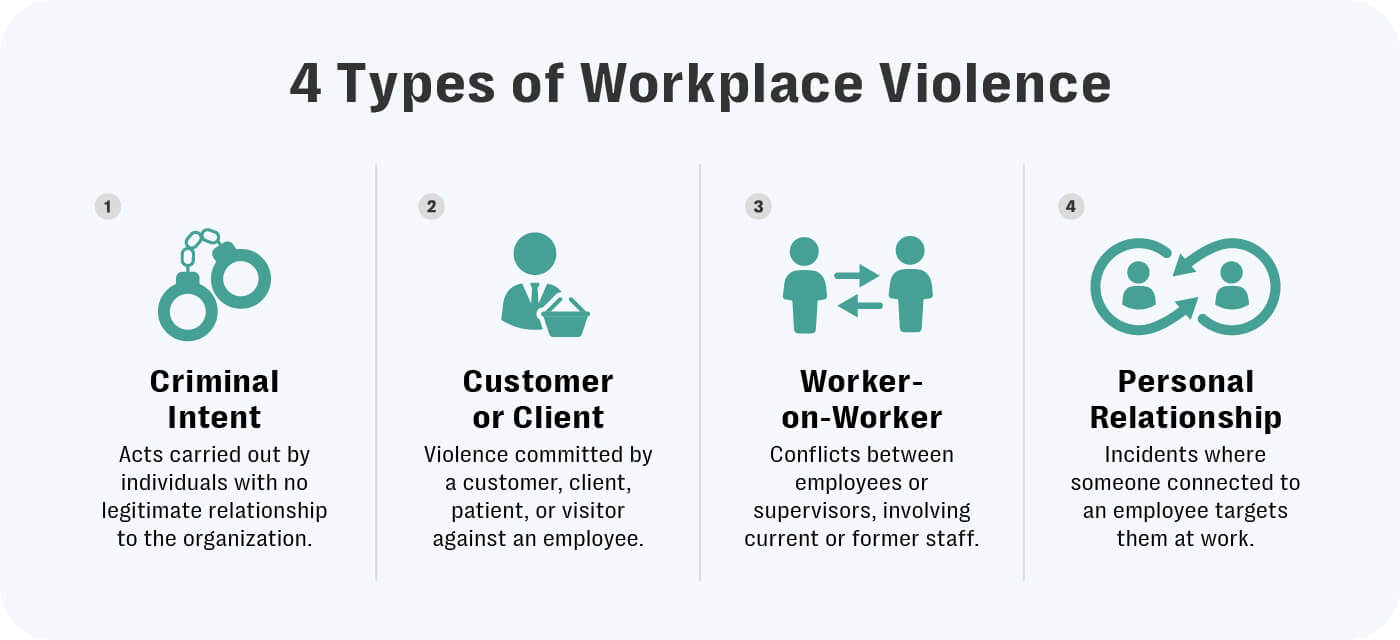Workplace violence isn’t limited to physical assaults. Verbal abuse and threats outnumber assaults and, as reported by The Joint Commission in 2022, non-physical aggression often precedes hospital violence. Yet those warning signs are rarely logged. An ANU report estimates 60-80% of workplace violence incidents are not reported, in part because 68% of staff lack a clear, accessible system for reporting incidents of workplace violence. When reports are missing, patterns stay hidden. Without those patterns, security teams are forced to react late.
That’s why Congress advanced the Workplace Violence Prevention for Health Care and Social Service Workers Act in April 2025. The law defines workplace violence broadly, including threats, intimidation, and harassment. Covered employers must document every incident within seven days. Logs must capture date, time, location, injuries, and perpetrator type. Employers are required to keep those records for five years. Every year, on February 15, they must file annual reports with the Department of Labor. The agency then summarizes national trends and reports to Congress six months later.
These requirements shift reporting from optional to mandatory. By capturing early threats, organizations can see repeat behavior and hotspots. That visibility informs staffing, security controls, and interventions. A cluster of verbal threats in one ward signals deeper risk. A spike in harassment from visitors demands changes to access. Consistent logs connect warning signs that once seemed isolated. Reporting is now the foundation of prevention.
The 4 types of workplace violence

The Workplace Violence Prevention for Health Care and Social Service Workers Act defines four categories of workplace violence. Recognizing these types matters because reporting incidents of workplace violence by category allows teams to identify patterns and prevent escalation.
Type 1: Criminal intent
This involves people with no legitimate tie to the workplace, including robbery, trespassing, and assaults. Industries that handle cash, like banks and convenience stores, face higher risk. Reporting incidents of workplace violence in this category highlights repeat hotspots and helps teams direct resources where they are needed most. Systems that tag incidents by type make trend analysis far easier.
Type 2: Customer or client
Here, the perpetrator can be a patient, client, or visitor. Healthcare and social service workers experience the majority of these incidents, ranging from verbal abuse to physical assault. Logging them consistently reveals which units, times, or conditions carry higher risk. Centralized reporting also helps cross-functional teams see patterns that single departments might miss.
Type 3: Worker-on-worker
Many incidents go unreported when the aggressor has authority. In these cases, it can involve employees targeting other employees or supervisors through harassment, bullying, and aggression. Anonymous reporting portals help surface these cases by lowering fear of retaliation. For security teams, classifying and tracking these incidents highlights toxic patterns before they escalate into severe harm.
Type 4: Personal relationship
These incidents involve someone with a personal tie to the employee. Ex-partners, relatives, or acquaintances target workers where they are employed. Women are disproportionately impacted in this category. Reporting incidents of workplace violence involving personal relationships can be uncomfortable, but consistent documentation allows organizations to intervene and safeguard both the employee and their colleagues.
How reporting incidents of workplace violence helps prevent threats
Many violent incidents start with behavior that seems minor. Verbal abuse, intimidation, and threats often come long before physical harm. A 2024 Joint Commission study found that aggressive behavior in hospitals happened about three times more often than physical assaults. Yet these early warnings are often underreported. Without documentation, patterns stay hidden and opportunities for prevention are lost.
For security teams, reporting incidents of workplace violence provides the visibility needed to see repeat behavior, identify high-risk locations, and address gaps. A spike in threats in one unit might call for staff training. Frequent abuse tied to visiting hours might trigger changes in access controls. When incidents are logged consistently, connections appear that no single report would reveal.
Modern reporting systems make this process easier. Portals allow employees to submit cases anonymously or with credentials. Automated workflows sort incidents by type and priority. Dashboards surface repeat offenders, location hotspots, and unresolved threats. These tools transform reporting from a compliance task into an early-warning system.
Reporting incidents of workplace violence protects more than compliance, it protects people. A strong reporting culture empowers employees to speak up, ensures management takes threats seriously, and gives security teams the data they need to act before harm occurs.
Strengthen your threat response with Resolver
Reporting incidents of workplace violence builds the foundation for prevention. The updated law requires logs and annual reports, but security teams can go further. Strong reporting systems connect incidents, reveal patterns, and drive faster action.
Resolver’s Threat Protection application delivers that capability. Security teams capture reports from portals, hotlines, and internal channels in one place. Employees can submit concerns anonymously or with credentials. Automated triage assigns each case by type and severity. Investigators document interviews, evidence, and follow-up in a centralized workspace. Dashboards highlight repeat threats, hotspot locations, and escalation trends over time.
The application also supports the RAGE-V methodology, allowing teams to assess threats with context instead of relying on checklists. They see behavioral patterns, stressors, and history within connected case files. HR, Legal, and Security share the same information, reducing blind spots and speeds response.
Security teams prevent violence when they see early warnings and act quickly. Resolver makes reporting a proactive defense, not a compliance burden. Teams respond faster, close cases sooner, and reduce long-term risk.
Request a demo today to see how Resolver helps prevent workplace violence before it escalates.
